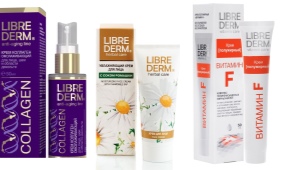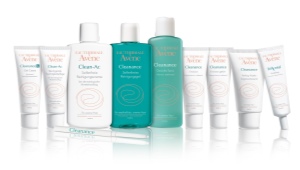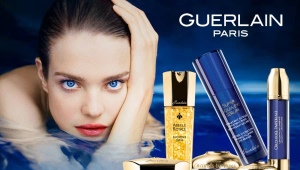Why does face cream roll off?

The skin on the face is much thinner than on other parts of the body. For comparison, the thickness of the facial epidermis is approximately 0.12 mm, while the skin of the body is about 0.60 mm. But at the same time, the skin of the face is much more exposed to harmful environmental factors: ultraviolet radiation, wind, dirt and temperature changes, from which it is completely unprotected. It is for these reasons that she needs additional care and attention.
The reasons
The creams that we apply for these purposes should ideally go on in an even, thin layer and be well absorbed. However, in practice this does not always work out. Every woman has experienced a situation where a product applied to the skin suddenly rolls up in pellets and balls instead of being evenly distributed over its surface.


Such a nuisance can occur both when applying foundation, and when we use care products. Of course, each such case should be considered with a personal doctor - a cosmetologist who will be able to professionally assess the patient's skin type and the suitability of this type of cosmetic product used. However, there are some factors that are common to most cases.
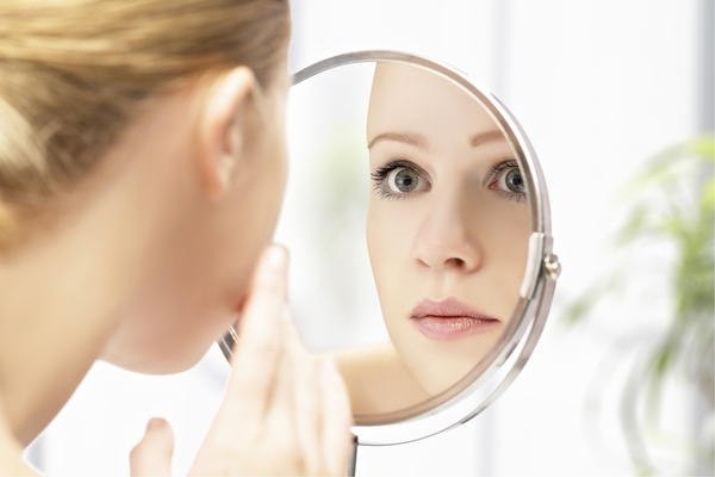
Best before date
In the first place, of course, will be the question of the expiration date of the product that behaved on the skin in such an inappropriate way. Even in the branded department of expensive cosmetics, it makes sense to ask about the expiration date of a particular cream. Especially if the price is high enough. As a rule, it is indicated in two versions:
- For storing unopened cosmetics;
- For those cosmetics that are open and applied.
In the first case, you need to carefully study the codes on the package. Expiration dates may not be indicated at all, only the date of manufacture may be indicated, as happens, for example, in Korean cosmetics. Then this means that the shelf life of this product is more than 30 months (for Korean cosmetics, it is 3 years).
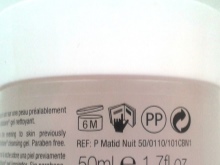
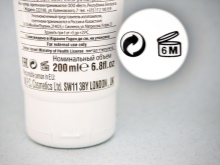

In addition, each manufacturer of cosmetics has its own versions of codes that indicate the date of manufacture, usually the codes are calculated for specialists, so it is difficult for consumers to navigate this. It is necessary to take a closer look at the numbers printed on the package: the first two of them show the year of manufacture, the next - the day in a row, starting from January 1; or day and month.
As soon as we open this or that cosmetic product, its shelf life is significantly reduced, unfortunately. Information about this feature should also be indicated on the cream tube, it looks like a jar with an open lid, next to which there is a number indicating the safe period of use from the moment of opening.?
You can get information on when to throw away the cream from the following video.
For most creams, the expiration date from the moment of opening is the same. That's why it is expedient to remember, what:
- Liquid cream - the base is used for 6 months;
- Liquid cream - base, having a dispenser can be used within a year from the moment of opening;
- The foundation is used for 1 year, but by the end of this period, substances such as vitamins included in its composition will already lose their effectiveness.
- Natural cosmetics, which do not contain preservatives of chemical origin, deteriorate much faster, and can only be used for 6 months.
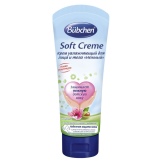

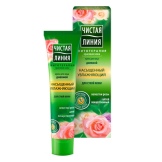

An expired cream changes consistency, begins to delaminate, so its texture on the skin will look strange, it rolls into balls, thickens and does not smear. Also, after the expiration date, bacteria, yeast, fungus and even micromites begin to develop in cosmetic preparations.
To avoid exceeding the period of use, it is recommended to mark the day and month when the use of a particular product was started on the opened jars and tubes. In the store, use the services of consultants to find out about the date of manufacture and be more careful when buying cosmetics for promotions.

Conflict between base and foundation
Another reason why foundation rolls on the face may be the mismatch between the bases of the two products applied to the skin: primer and toner. On this occasion, there is a cosmetologist's answer, according to which, a different base for a primer and foundation will inevitably cause the formation of pellets.
Most primers have silicone in their composition. This substance does an excellent job of leveling the skin, but does not “get along” with a water-based foundation. Attempting to apply a water foundation on top of a silicone primer will inevitably lead to the fact that the foundation particles will begin to slide and roll off.

To avoid this trouble, you need to pay attention to the composition of the primer and foundation and use only identical bases.
In the event that this happened, and there is sorely not enough time to clean the face and apply new makeup, it is possible to correct problem areas. To do this, you can shade them with a clean and damp sponge. Beauticians advise to walk them all over the face, as if applying foundation. At the same time, excess and lumps will remain on the sponge and the cream will be distributed more efficiently.
The reason that the foundation folds after application may be a cream that does not match the skin - a care that many people apply instead of a primer. By itself, the fact of using a day cream under foundation does not cause any protests among cosmetologists. They only note that the care cream, when used as a base for make-up, does exactly the job of moisturizing the surface of the skin, but will not have any opaque or light-reflecting effects.

When too heavy cream is chosen as the base for makeup, the tone can also roll after application. Choose creams with a light texture for makeup. This is especially true for those women who have oily or combination skin.
Beauticians advise after applying a lifting or moisturizing agent to wait until it is absorbed (this can take up to 15 minutes), and then pat your face with a dry cloth to remove excess. For the same purpose, you can walk on the face with a cotton pad with tonic. The amount of care cream applied as a base for makeup should not be larger than a grain of beans.


If you overdo it with the amount of cream, then the makeup can not only roll up, but also “float”, spreading over the face with spots like a leopard skin.
Modified starch in the composition
Creams can roll on the skin, in the upper lines of the composition of which is indicated Aluminum Starch Octenylsuccinate.
The composition of some matting creams, which we use both separately and as a base for makeup, may include a substance such as aluminum starch octenylsuccinate, which is written in Latin as Aluminum Starch Octenylsuccinate, which is exactly how it is listed in the composition indicated on the box. Another name for it is modified starch.
In general, this substance belongs to the category of sorbents, and is an ultraviolet filter with a fairly high level of skin protection, 7 out of 10. It is of synthetic origin, although it is derived from vegetable starch. According to international guidelines and standards published by the Cosmetic Ingredient Review Expert Panel, this modified starch has no harmful side effects and can be incorporated into cosmetic formulations.
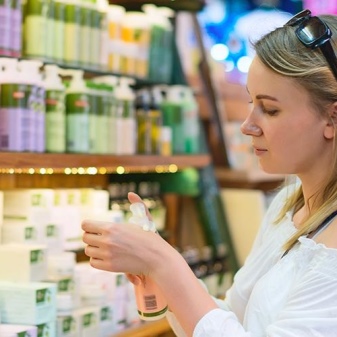
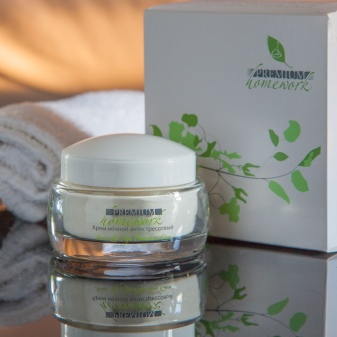
It is he who is responsible for creating a protective film on the face when applying the cream and for its matting effect.
And it is thanks to him that the cream can “roll”, folding into balls, and this property is expressed in varying degrees of intensity by different customers. They often mention this in reviews of matting creams, pointing out the presence of modified starch in the first lines of the composition of those creams that roll on their skin. In fairness, it should be noted that not everyone has rolling, and, obviously, it is also associated with the individual characteristics of a particular skin.
In order to avoid this effect, it is recommended to carefully read the composition of the product that you intend to purchase. If in doubt, you should first test the probe.
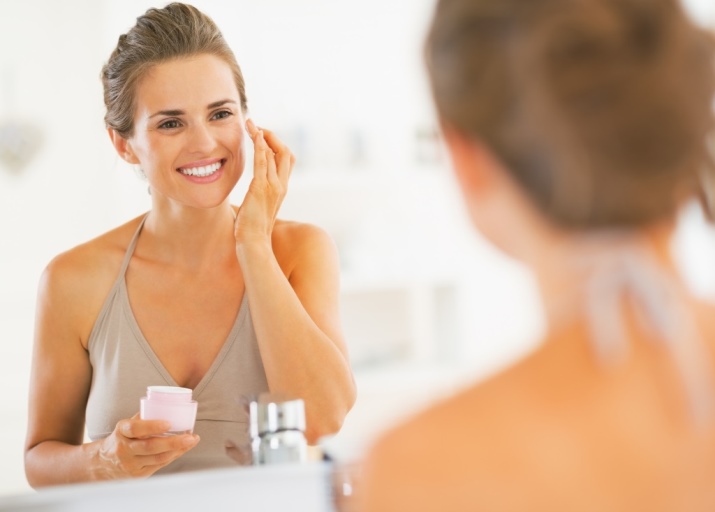
Errors when applying foundation
Often, foundation will clot in pores, skin folds, or wrinkles. This is primarily due to the fact that the base applied under makeup was too dense in texture. It is not difficult to avoid such a situation, you just need to choose a lighter base product, preferably with a radiance effect. In this case, the air texture will not get into the depth of the wrinkle, but will be distributed over its surface. The light-reflecting particles included in such a cream can reduce the visibility of defects by repelling light from the surface of the skin.
It is better to apply a light base not with a sponge, but with clean fingers, because this way it warms up from body temperature, becomes softer and better covers the skin.
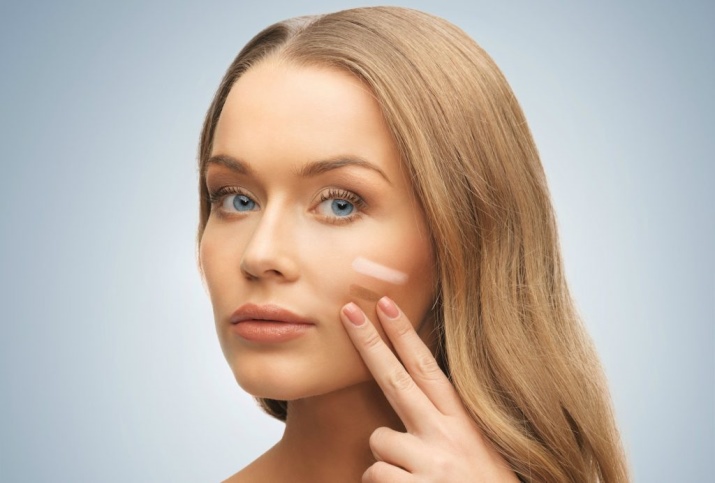
Not clear skin
It is somewhat strange to talk about insufficiently clean skin as the reason for the possible rolling of the cream on the face, but nevertheless it is worth mentioning. The concept of “impure skin” includes not only dirt in the commonly used sense, but also house dust, cosmetic residues, and the upper stratum corneum of the epidermis.
Usually the effect of rolling is caused by scrubs and peels. This is how they cleanse the surface of the skin from impurities and remove the top layer of dead cells. Therefore, when your usual cream suddenly rolled up during application, it is worth remembering when you last scrubbed your face and did peeling.
It is advisable to carry out this procedure twice a week, such regularity is caused by the peculiarities of the renewal of the epidermis and contributes not only to its purity, but also has a positive effect on skin health.
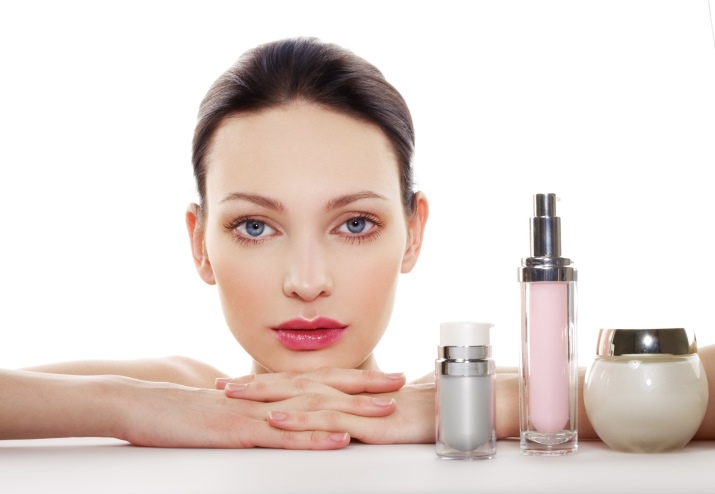
When scrubbing, dead cells are exfoliated from the surface of the skin, which are not able to fall off on their own, while they no longer perform any protective functions, but only interfere with skin breathing and clog its pores.
In addition, it is worth mentioning the need for a thorough removal of makeup, which can be removed both with micellar water and make-up remover oils. In the second case, you should be very careful to determine the type of skin and study the properties of oils so as not to clog pores and not cause excessive secretion of subcutaneous fat. It is not recommended to use hydrophilic oils, which in most cases are of synthetic origin.
After removing makeup, be sure to rinse your face with cool water for complete cleansing.
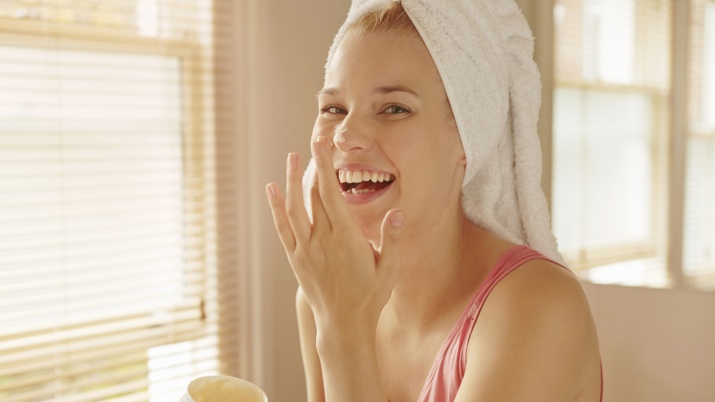
Application features
There are some nuances of using creams that must be taken into account so that the cream does not roll on the skin.
- You should not use a winter cream in summer, as it has a more oily consistency and will provoke problems in hot weather;
- Creamy and liquid tonal products are best applied with your fingers, and only cream-powder of a dense texture is applied with a damp sponge;
- It is not recommended to apply thick layers of foundation on reddened areas, it is better to use a greenish tint concealer, which will hide them while maintaining an even skin appearance;
For a longer preservation of makeup, preventing rolling during the day, it is worth fixing oily areas with powder (chin, nose and forehead).























